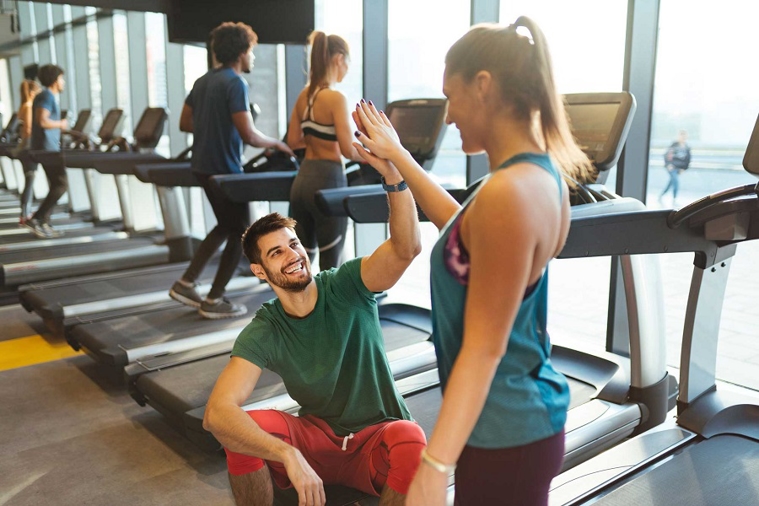When March Madness Brings Monday Injuries
Mar 21, 2022

Whether the NCAA tournament in Portland this year inspires you to get out and shoot hoops, or you're spending a warm weekend bending and digging in the garden, it's easy to wake up Monday mornings in March feeling like you overdid it.
Because we often focus these activities in brief but intense periods, it’s no wonder “weekend warriors” end up waking up sore and injured come Monday. As you throw yourself into a spring fever of activities, learn how to take the proper steps to avoid injury and sore muscles.
Weekend warrior injuries
While becoming more engaged in physical activity is a good thing, your body may not be as enthusiastic as the calendar says it should be.
“We often see weekend warrior injuries stemming from soccer, basketball, running, baseball and, oddly, spring yard work,” says Catherine Fetters, a physical therapist with Adventist Health physical therapy in Portland, Oregon. The most common sports injuries come from contact with other players.
Areas of the body most commonly injured include:
- Ankles and heels
- Knees
- Shoulders and elbows
- Fingers
- Backs
Four ways to prevent a painful Monday
Fortunately, there are ways to help prevent your weekend play becoming a Monday pain. Fetters offers several habits you can start now that will help your body handle the extra activities you want to enjoy this spring:
- Warm up dynamically: “Dynamic stretching takes your body through a progressively greater range of motion by using momentum of the body part but is not held for any length of time,” explains Fetters.
- Get specific: Every sport and activity uses your body in a certain way. Do some drills during the week that prepare your body for your specific weekend plans. The best drills prepare all of you — your mind, your nervous system and your body.
- Find your balance: Balance and agility activities like standing on one leg or doing yoga are easy to include in your everyday life and will help you be ready on the court, on the field and even in the backyard.
- Cool off: Take a few minutes to lower your activity level so your heart rate can return slowly to normal. For example, after running around the soccer field, walk a lap or two before moving into light stretching.
When the weekend hurts
Even with the best prevention, injuries can happen. “If an injury occurs, it’s important to not ‘play through the pain,’” advises Fetters. Take the time to inspect the injury and seek medical attention if you have any concern about a fracture or instability.
If your injury is minor enough to be managed at home, you may find yourself wondering which is better — hot or cold treatment.
Ice can reduce pain and swelling, but it slows your body’s natural inflammatory process, which mobilizes your body to respond to your injury and start healing it. Heat, on the other hand, can increase pain and swelling in injuries while improving circulation.
When to ice, when to heat
So, ice or heat? The answer may be both.
“For the first 48 to 72 hours, ice can be your friend,” Fetters explains. After you’ve cleared the first two or three days, switching to heat from a heating pad or hot bath may help with pain and speed healing.
As time goes on, you may find you need more than at-home care. Adventist Health’s urgent care clinics in Portland and Sandy work with Adventist Health physical therapy teams to get you back to warrior status and enjoying your favorite activities once again.
Dealing with an injury that needs more that ice or heat? View our current urgent care wait times and check in online, or give our urgent care team a call at 503-666-6717.
Hablamos español. Мы говорим по русски. Chúng tôi nói tiếng Việt.

